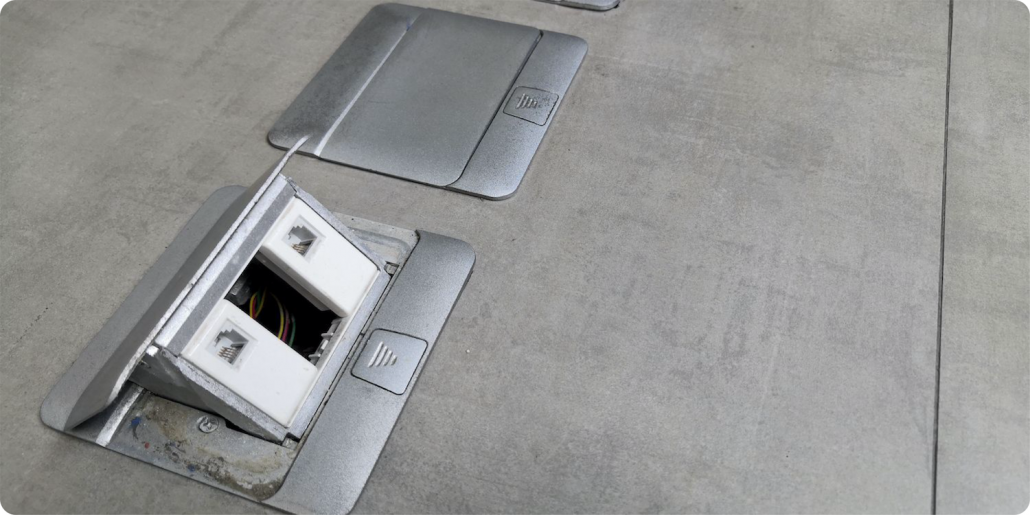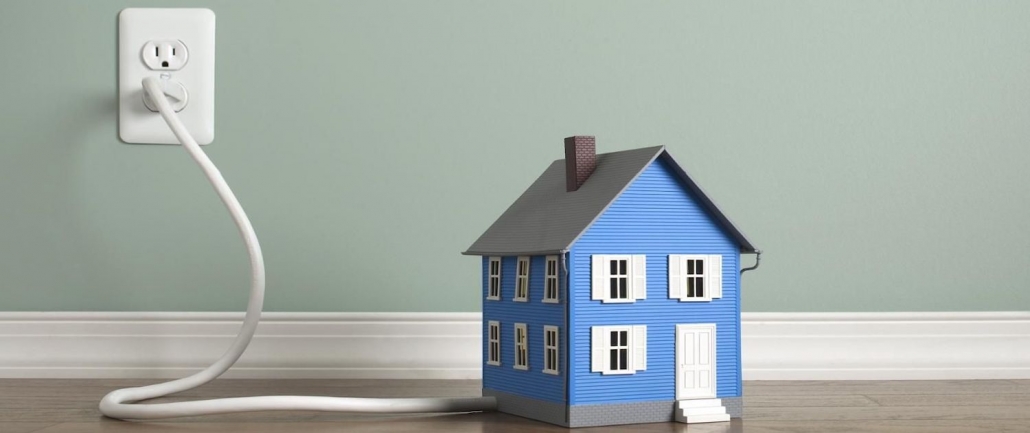November. 13, 2020 | Cristina Dinulescu
It is very important to have your electrical wiring grounded. Considering that electricity follows the path of least resistance, when there is too much supply, without a ground wire, electricity might go straight into your appliances, electronics, and even you. This could lead to electrocution which can have tragic outcomes. Electrocution is unfortunately a common cause of death, leading to more than half of the deaths in the construction industry and among homeowners.
Apart from protection against overload, which is a very good reason to invest in grounding in the first place, choosing to do so will help you direct electricity. Grounding the wires in your home will allow electricity to travel through the system safely and efficiently. Additionally, grounding helps in stabilizing the voltage levels, so you don’t have to deal with electricity overloads, to begin with.
When grounding a home’s electrical wiring, a wire firmly buried in the ground is attached to the electrical system so that electricity has a place to escape. Unfortunately, older houses, built before the 1990s, don’t have grounding, as this was a standard introduced and enforced in the late 80’s. But you could easily check. This is done using a circuit tester. And here are a few steps you need to follow.
Step 1: Check Your Outlets
Usually, the outlets in your home will tell you many things. And some of them are related to the ground wire and electricity. To check if your home’s electrical wires have been grounded or not, you need to look at the outlets in your home. You need to determine whether you have two or three-prong receptacles. This is an important detail because it is the first sign of ground wire.
A three-prong outlet has a narrow slot, a larger one, and a U-shaped one. The U-shaped slot is the grounding element. So if you have three-prong outlet chances are your home has grounding. However, you still need to check a few extra elements, just to be sure.
In many cases, people have replaced the two prong outlets with 3-prong even though there is no ground wiring. The best way to tell is in your electrical panel. There should be as many green wires or bare conductors as there are white wires.
Step 2: Test Your Outlet
To test your outlet, you need to use a tool called multimeter. You should be able to put one of the leads of the tester in the smaller slotted hole, and the other large one that is the neutral to read 120 volts.
Then, from the smaller hole, put the other lead into the u-shape hole (or ground terminal) and it should also read 120 volts. If you have voltage from the hot to the ground it is usually grounded.
In addition to the multimeter, which tests for grounding, there are also plug in testers that can read if the outlet is properly wired or not.
Step 3: Repeat
Even if you have discovered that one of your outlets is grounded. You shouldn’t just assume that all of them are. The safest course of action is to repeat the steps outlined above and test each outlet in your house.
Older homes might have had multiple renovations. Some might not have benefitted from an entire home renovation in the first place. So, there may be parts of your home that have not had any work done. Take the time to verify each outlet closely.
If you have determined that your home does have grounding, you need to check whether or not this has been correctly done. Unfortunately, faulty grounding is not that uncommon and it can lead to significant dangers. Here are some of the common electrical grounding mistakes.
A poor understanding of resistivity and impedance guidelines
Soil resistivity is an important aspect of any grounding system. When designing the grounding system, you need to consider several aspects, like soil type, moisture content levels, and temperatures.
It is not considered safe to design a grounding system in high resistance earth, because it increases the risk of equipment failure and most importantly, the injury potential. Understanding impedance guidelines is essential in creating a safe grounding system.
Not measuring the grounding system after installation
It is crucial to measure the grounding system once it has been fully designed and installed. The electrician should check that variances do not appear, because these can cause a higher ground resistance than initially desired. The three-point method is the best way to measure the grounding system, before connecting it.
Using the ground wire incorrectly
Paying attention to the conductor bends and lengths is an important step in the installation of a ground wire or the inspection of the entire system. The ground wire should not be bunched up or coiled together, because it creates high impedance paths, causing higher voltages.
To ensure safe electrical grounding, secure connections, and gradual bends, short wire lengths should be used.
Selecting the wrong ground wire
When selecting a wire as a down conductor, you want the thicker gauge wire. This has lower resistance, allowing an easy path for the current to reach the ground. Additionally, the size of the ground wire should apply to the short-circuit current ratings of the system.
Grounding is an essential part of a safe and efficient electrical system. You need to make sure your home has ground wires and that these are installed properly. While there are several other methods you can use to verify whether or not your home has grounding, the best solution is to hire an expert electrician to conduct the assessment for you.





